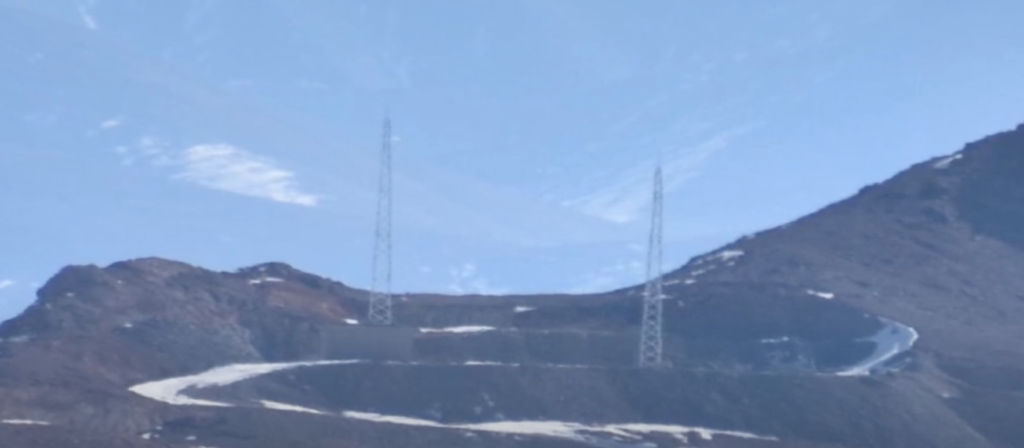LEH, March 28, 2025 – Ladakh, India’s remote Union Territory, is rapidly advancing toward complete digital inclusion, thanks to the deployment of new mobile towers and the ongoing BharatNet expansion. This transformative push is connecting even the most isolated villages to high-speed internet and 4G connectivity, heralding a new era of opportunity in education, healthcare, and economic growth across the region’s challenging terrain.
The Digital Bharat Nidhi initiative has been instrumental in this leap forward, with 136 mobile towers installed across Ladakh, bringing 4G coverage to 169 villages as of early 2025. Coupled with the BharatNet project, which aims to deliver broadband connectivity to every Gram Panchayat (GP), these efforts are dismantling the digital divide that has long separated Ladakh’s communities from the rest of the world. The Union Cabinet’s recent approval of an enhanced BharatNet framework further extends this vision, targeting connectivity for approximately 3.8 lakh non-GP villages nationwide, with Ladakh as a priority.
Minister of State for Communications, Dr. Pemmasani Chandra Sekhar, underscored the progress in a Lok Sabha statement. “Of Ladakh’s 243 villages, 234 now enjoy mobile connectivity. The new mobile towers have connected 169 villages to 4G networks, and we’re working to cover the rest soon,” he said. This near-total coverage is a testament to the government’s commitment to ensuring digital access in even the most remote areas.
The BharatNet expansion is laying the foundation for a robust digital ecosystem in Ladakh. By extending optical fiber cables and establishing Wi-Fi hotspots and Fibre-To-The-Home services, the project guarantees a minimum 25 Mbps broadband speed to rural households. This infrastructure is unlocking access to e-governance, online education, and telemedicine, while also fostering digital entrepreneurship among the region’s youth.
For residents like Stanzin Norbu from a newly connected village in Nubra Valley, the change is palpable. “With 4G connectivity and broadband, we can now connect with the world. It’s a lifeline for our businesses and our children’s education,” he said. Ladakh’s strategic location near the Line of Actual Control also amplifies the importance of this connectivity, enhancing communication for both civilians and security personnel.
The Telecom Regulatory Authority of India (TRAI) has bolstered these efforts with its 2024 Quality of Service Regulations, ensuring that telecom providers maintain high standards for network reliability. This is critical in Ladakh, where extreme weather and altitudes—often exceeding 15,000 feet—pose unique challenges.
Private and public telecom players are driving the charge. Bharti Airtel, in collaboration with the Indian Army, has erected 17 mobile towers in border areas like Kargil and Zanskar, while BSNL has upgraded and installed 20 new 4G towers in partnership with Leh Signallers. These efforts illuminate even the most far-flung corners of Ladakh with cellular signals.
The push for digital inclusion aligns with India’s Digital India mission, aiming to catalyse a Rs 100,000 crore agri-economy in Jammu and Kashmir and Ladakh through technology. As new mobile towers rise and BharatNet weaves its web of connectivity, Ladakh is not merely catching up—it’s poised to lead as a model of how high-speed internet and 4G connectivity can transform lives, proving that no region is too remote for the digital revolution.



